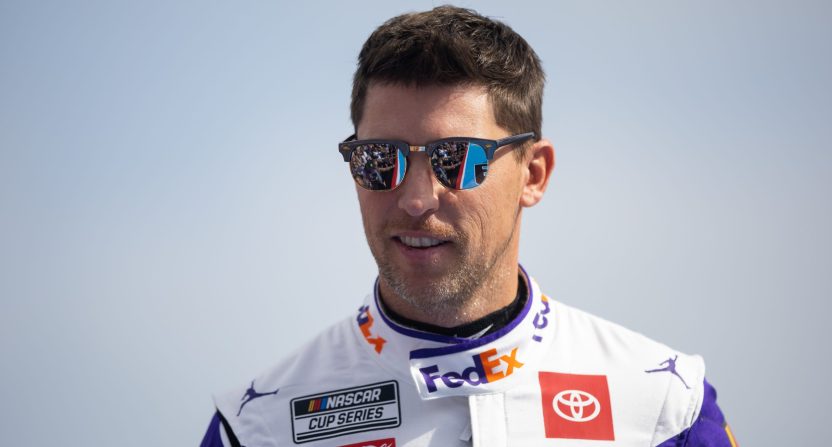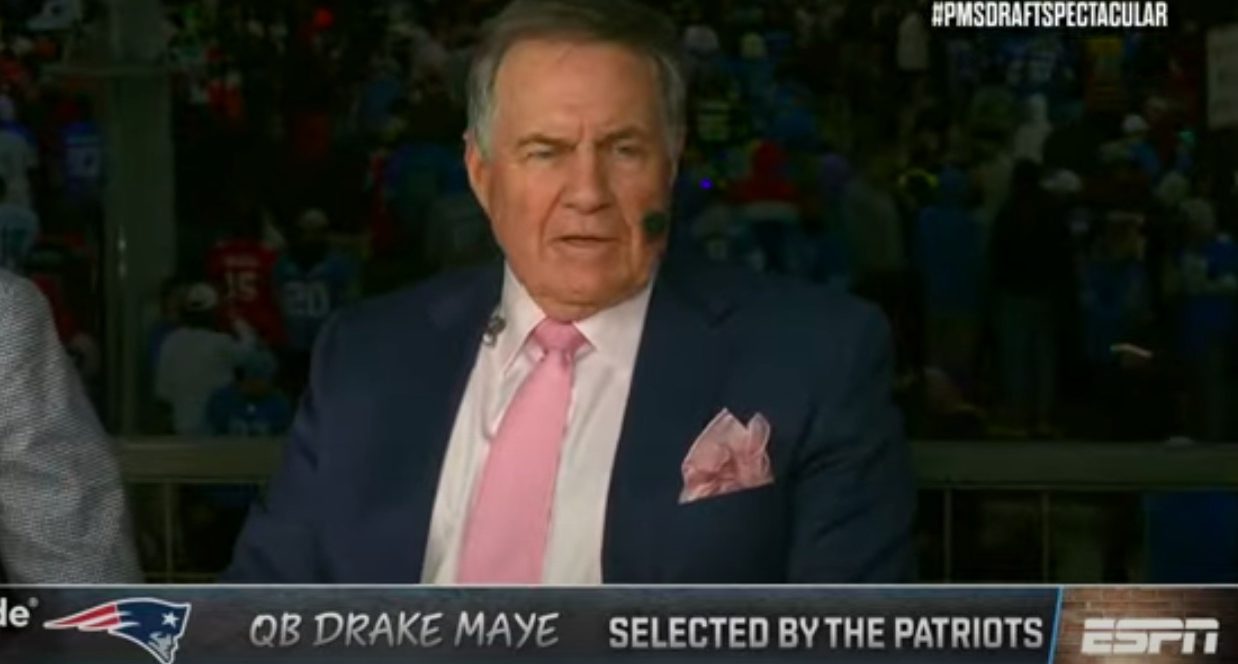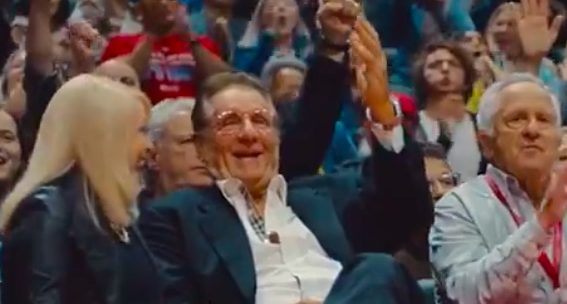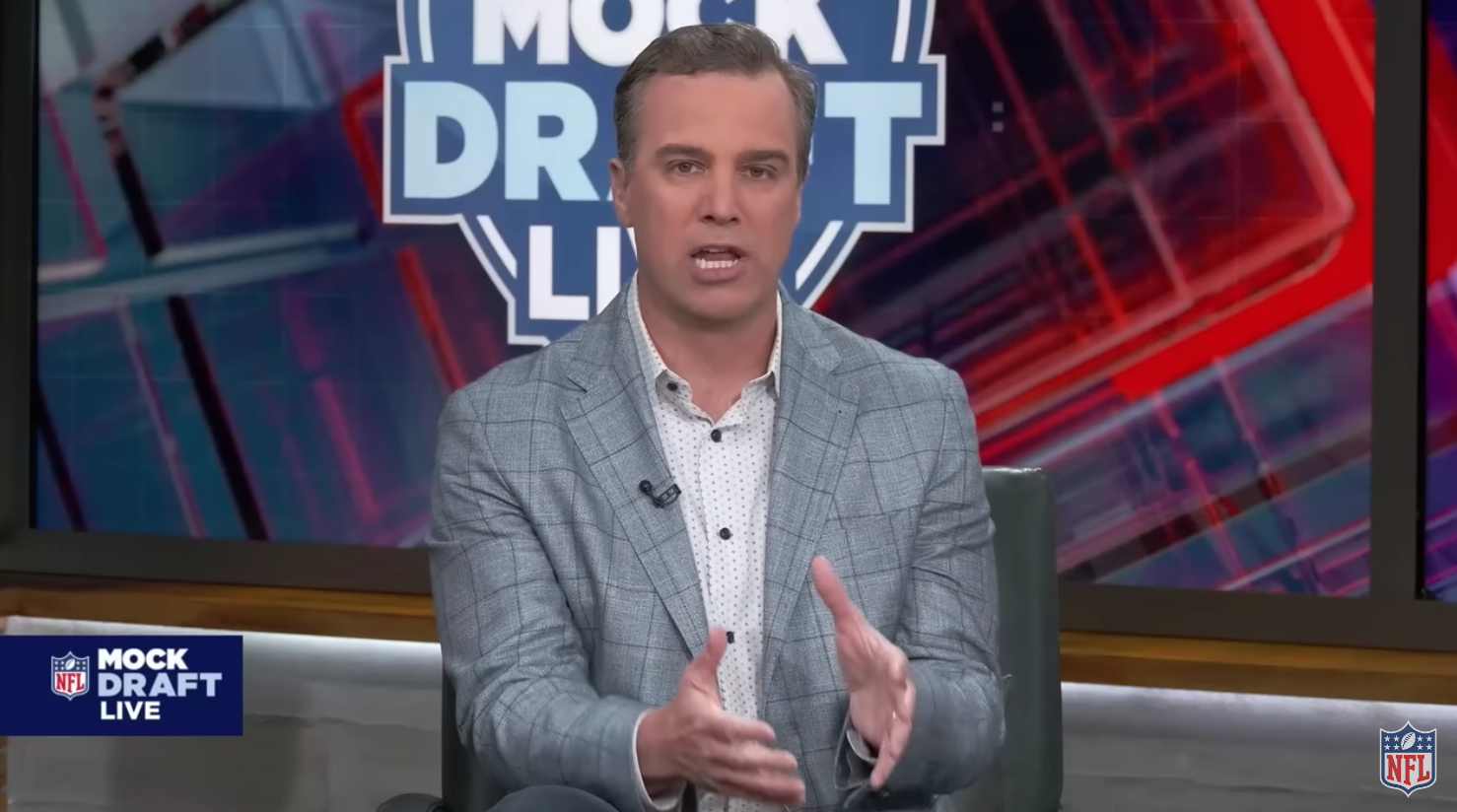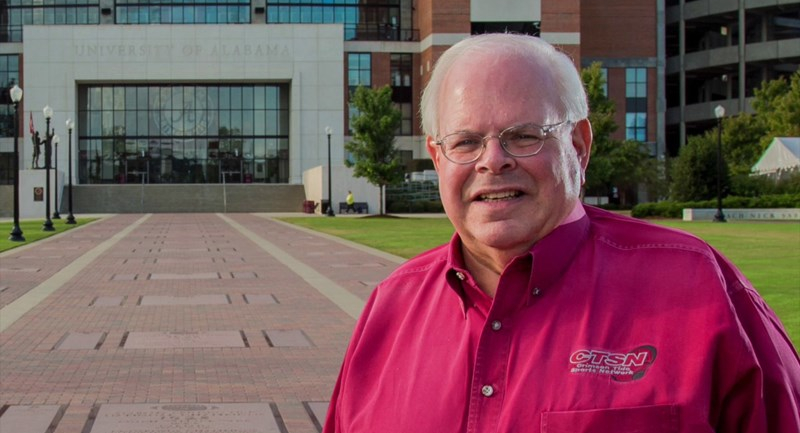Ever since NASCAR instituted stage racing in 2017, it’s been a polarizing issue among fans. Many fans don’t like stage racing for a variety of reasons. Most notably, the belief that manufactured cautions is somehow a less legitimate form of racing, and that stage break cautions take too long.
Stage racing has been tweaked for 2023, as a caution will not be thrown at the end of stages in road course races. That’s because a caution lap on a road course takes so long that it bogs down the flow of a race.
Denny Hamlin talked about stage racing and why it’s needed on his Actions Detrimental podcast. Mainly, guaranteed commercials allow TV broadcasters to strategize airing commercials during caution periods. And it’s a way to give others a chance to adjust and compete.
“The stage racing has to stay” Hamlin said. “Absolutely has to stay. It was put in place because our TV partners didn’t have, they didn’t know when a caution was going to come, so they could start airing commercials. We have to air the commercials which is why you see they try to front load them as much as they can to give us the most green flag racing at the end of the races as possible.
“But I remember when we talked about stages and whatnot, it’s an absolute must. It also, if you didn’t have stages, the #24 car would have led every ******* lap of [Las Vegas] on Sunday. I mean, because what is there to break it up? You have to, I mean, unless there’s a wreck or he has a bad pit stop, he’s gonna dominate. But at least there was an opportunity because of a stage for people to change strategy. we changed strategy, we went with, it wasn’t a stage but it was right after a stage. So we had just a few laps on our tires so we decided to take two tires.
“We see it in a lot of tracks, you’ll probably see it at Phoenix where if a caution comes right before a stage happens, you’re going to see the field flip-flop. There’s going to be a handful of people that are going for stage points, and you’re going to have a small group of about five people that believe they could win the race, and they will pit to then, when the caution comes out for the stage, those ten cars that stayed out to get stage points will then pit. They put themselves back up front, they’re gonna stay out, the other five will stay out and get back to the front.”
…
Stage racing gives us an opportunity to, A) it’s good for our TV partners, they know when cautions are coming. They can plan those commercials and B) We do strategize around the stages so I think it’s an absolute must. We see it at speedways, it’s a game changer. People are racing now instead of running up against the wall for 180 of 200 laps, so stage racing is a good thing.
The TV partner thing is the main catalyst for stage racing. This is why, when people talk about doing away with stage racing or keeping stages but eliminating caution periods, they’re missing the point. Yes, they’re gone from road course races, but that’s because it can take upwards of five minutes per lap at a long road course like Road America or Circuit of the Americas.
While there’s an argument that eliminating stages will provide a more “pure” form of racing, we have to admit that all sports must balance between sport and entertainment. Many talk about how great racing was in past generations, but it’s easy to look back with rose-colored glasses, not realizing that most races were decided way before the finish.
Take 1979, for example. That was one of the most exciting seasons in NASCAR history, with memorable finishes at Daytona and Darlington and Richard Petty beating Darrell Waltrip for the championship by 11 points. Go through that season, and you’ll discover that out of 31 races, seven had the winner lap the entire field, and the most cars on the lead lap in any race was eight. And in the three races that more than five cars finished on the lead lap, and two of the three ended under caution.
Needless to say, while the old days provided some memorable moments, that only happened a couple of times a year, at best. That would be a disaster in today’s NASCAR, where people have more than three TV channels and aren’t willing to wait around for when that great moment happens.
[Actions Detrimental with Denny Hamlin]

